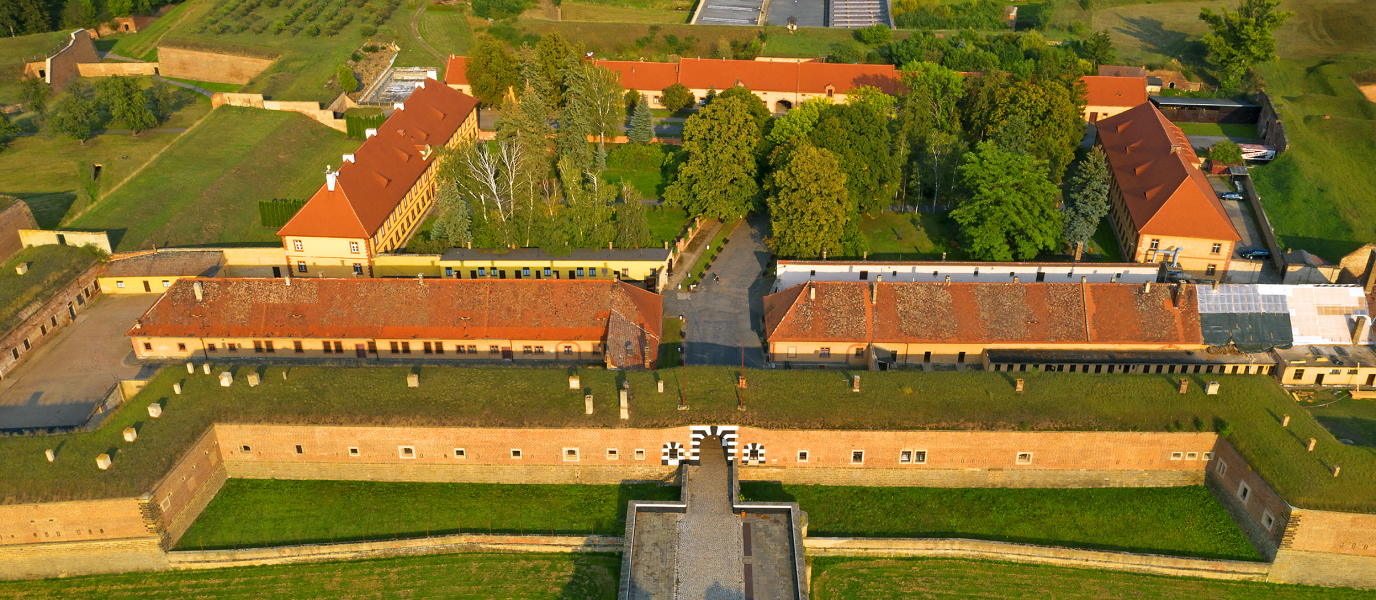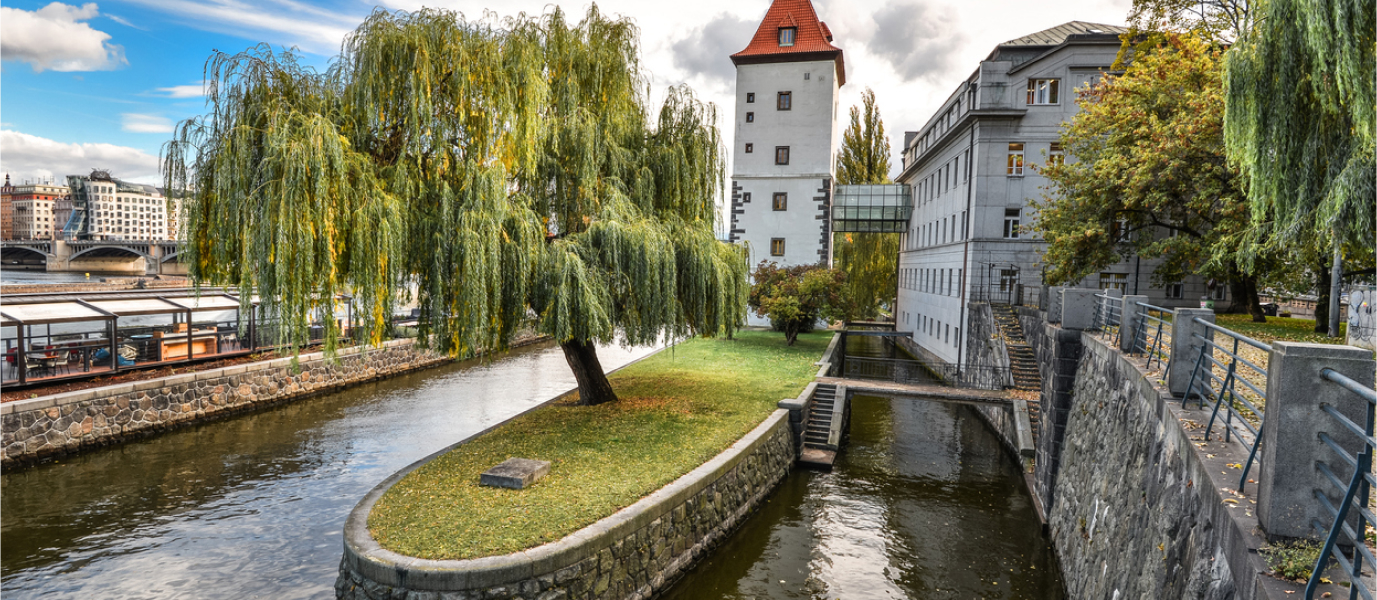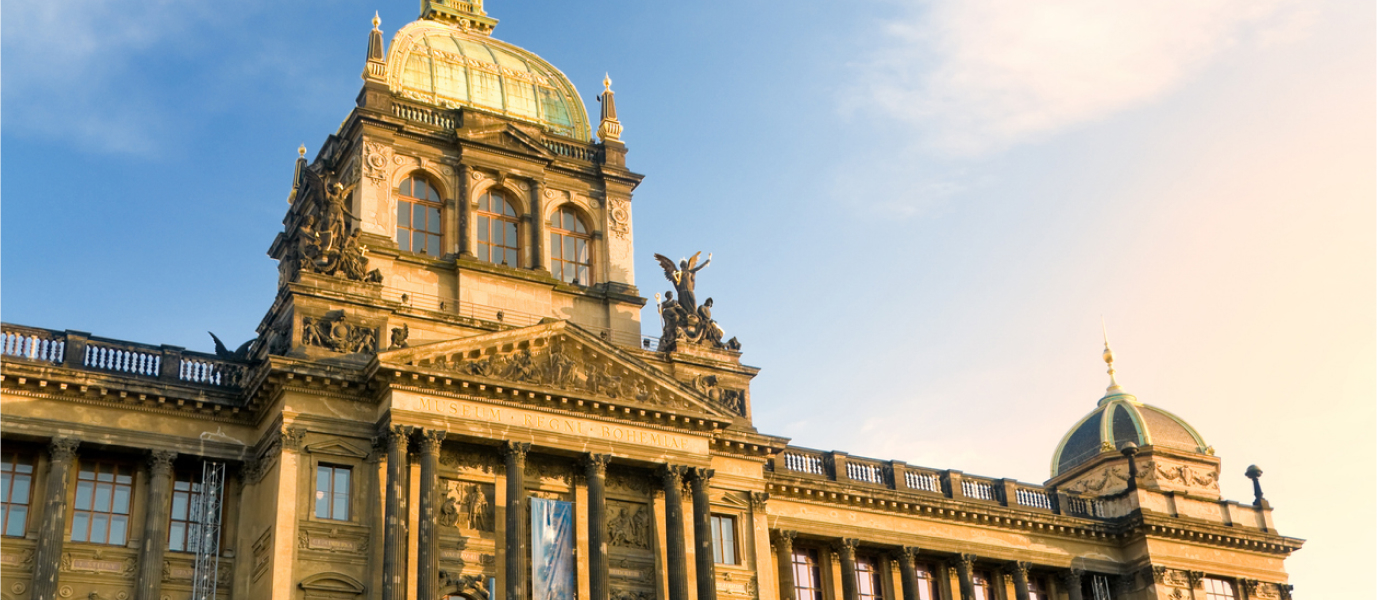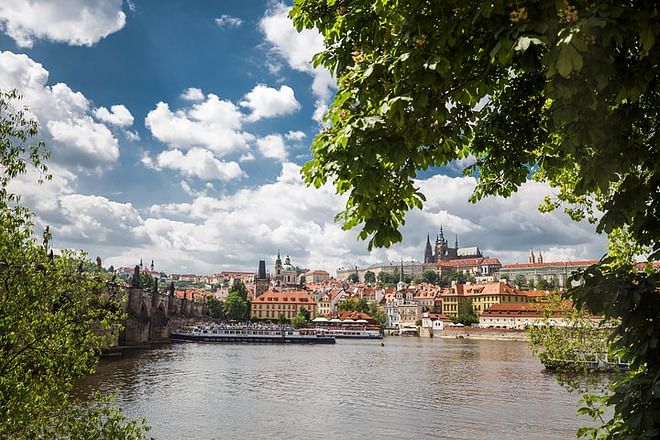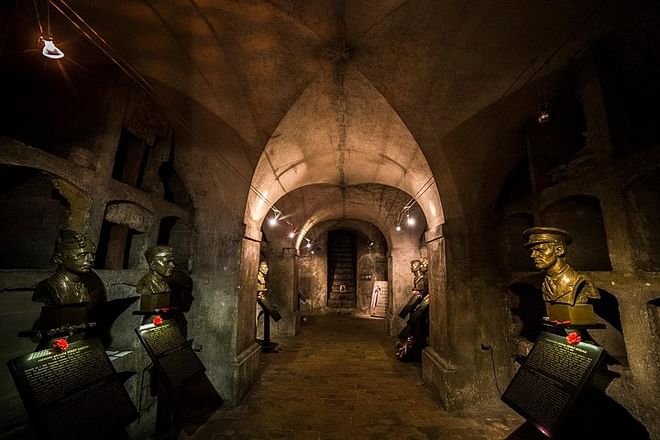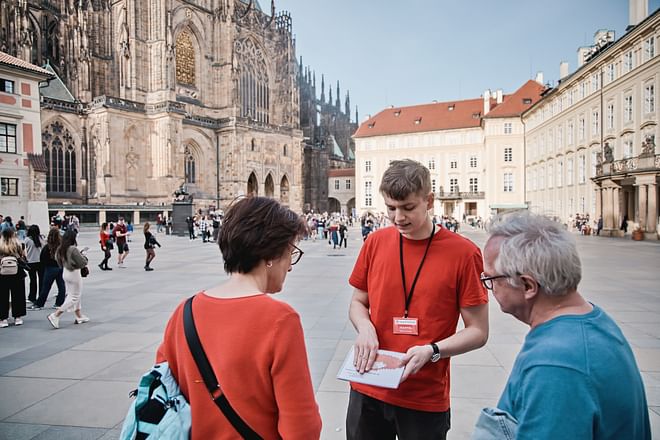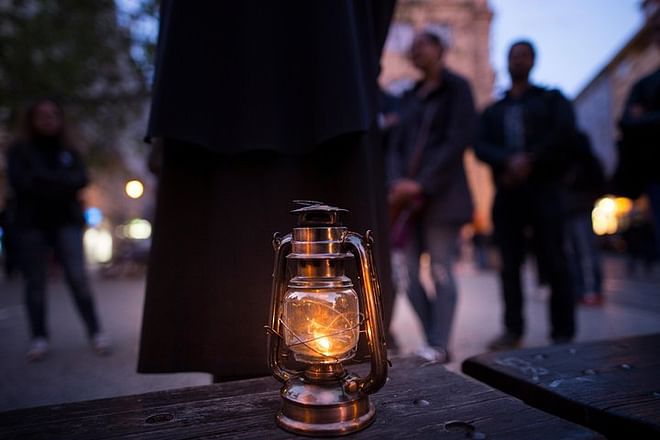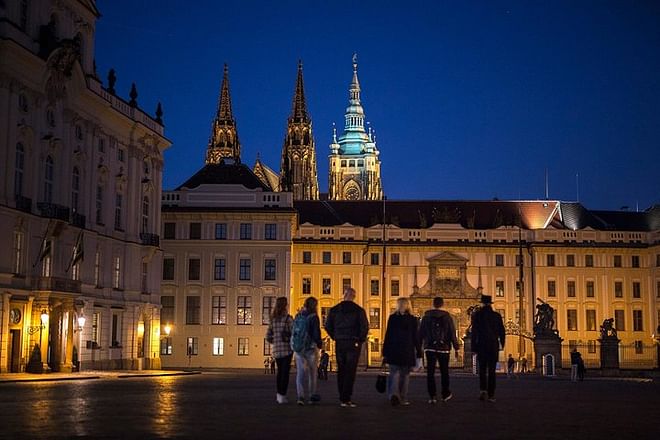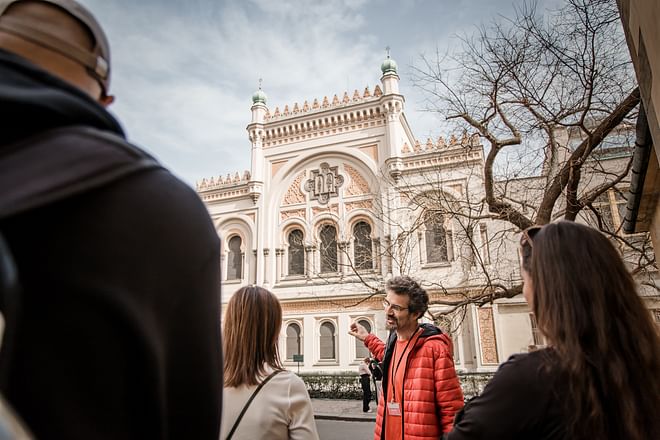History is a strong motivating force among travellers. And it is all the more compelling when that history is recent, and when its brutality shocks us to the very core. The concentration camp at Terezín, in the Czech Republic, is one such example. An enclave of terror in which thousands of people suffered and perished under Nazi rule.
The Czech Republic is no stranger to the horrors of Nazism, vestiges of which have survived into our times in the form of concentration camps which have been preserved in the hope that that part of history is never repeated. And not without good reason: what is now the Czech Republic was, during the time of Nazi Germany, the Protectorate of Bohemia and Moravia, a province covering a similar area to that now occupied by the modern Czech Republic.
Hitler betrayed the Ribbentrop-Molotov non-aggression pact between Germany and the USSR by invading Czechoslovakia in March 1939, thereby bringing the land in the said Protectorate directly under the rule of the Third Reich. The Czech people became part of the Nazi extermination plans. The Generalplan Ost viewed Czechs as untermenschen (subhumans), with only 50% considered suitable for Germanisation.
Once Czechoslovakia had fallen under the domination of the Third Reich, the Nazis extended their Final Solution plans to include the country. The old fortress of Terezín (Theresienstadt in German) in a small Czech town became a ghetto and a concentration camp—or transit camp—en route to the final extermination camps.
The Terezín concentration camp and ghetto, on Prague’s doorstep
With the German invasion of Czechoslovakia, the town of Terezín underwent a dramatic change. The Small Fortress on the outskirts of the town became a prison run by the Gestapo (the Third Reich’s secret police), while the garrison town became a base for the Wehrmacht, the Nazi armed forces.
In October 1941, it was decided that Terezín would become a ghetto and transit camp for Czech Jews. The town became part of a massive confidence trick. Jews over the age of 65, including those injured or decorated during the First World War, were sent there, supposedly for a happy retirement. Terezín was known as “the town that Hitler gave to the Jews”. The deceit was so complete that when the Red Cross requested access to check whether the rumours circulating were correct, the Germans even organised a concert with shops and food. It was a huge cover-up.
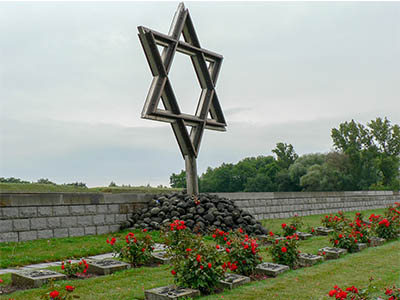
Thus, by the end of 1941 and in the space of only two months, the ghetto’s population had increased to over 7,300 deportees. One month later, in January 1942, the first convoy of deportees left Terezín. They did not know where they were going. Extermination was by now a reality in Czechoslovakia.
During 1942, over 101,000 prisoners arrived at Terezín, with the population reaching its peak of 58,000 people in September of that year—a figure that underlines the importance of this transit point within the Nazi extermination network. Many were eventually deported to Auschwitz, in southern Poland.
The figures for the dead and the survivors
Jews from half of Europe were sent to Terezín: From Czechoslovakia, Germany itself, Austria, Hungary, the Netherlands… Over 141,000 people in total, 40,000 of whom were from Prague. From Terezín, 88,000 were deported to extermination camps, while 33,000 died before they could be sent to their final destination.
Terezín was liberated in May 1945, with a greater number of survivors than any other camp. However with the ghetto placed in quarantine, epidemics broke out, and so during the liberation 1,500 prisoners and 43 health workers died. At the end of the Second World War, 17,247 people had survived the atrocities of Terezín.
Visiting the Terezín concentration camp
A visit to a concentration camp allows us to glimpse the full horror behind a history lesson. From the moment the visitor walks through the entrance arch, beneath the message ‘Arbeit Macht Frei’ [Work Will Set You Free] present at all the camps, the mood becomes more sombre and the sense of dread deepens with every step. In this very place, thousands of people suffered atrocities just a few years ago.
Terezín operated simultaneously as a ghetto and a transit camp (before prisoners were transferred to other camps). Many historical aspects have been preserved in the town, and enable visitors to get some idea of the suffering endured by those prisoners.
The tour is in two parts: There is the visit to the garrison town itself, built in the star-shape characteristic of Vauban-style fortresses. Then there is the visit to the Small Fortress in the outskirts, the hellish Nazi prison, the concentration camp.
The garrison town: the ghetto
The Terezín fortress was built in 1780 by the Holy Roman Emperor Joseph II. This military stronghold has a precisely planned layout, with square blocks of buildings and perpendicular streets set around a central square, the Marktplatz. This became the site of the ghetto to which thousands of Jews were sent under the illusion that they were destined for a happy retirement.
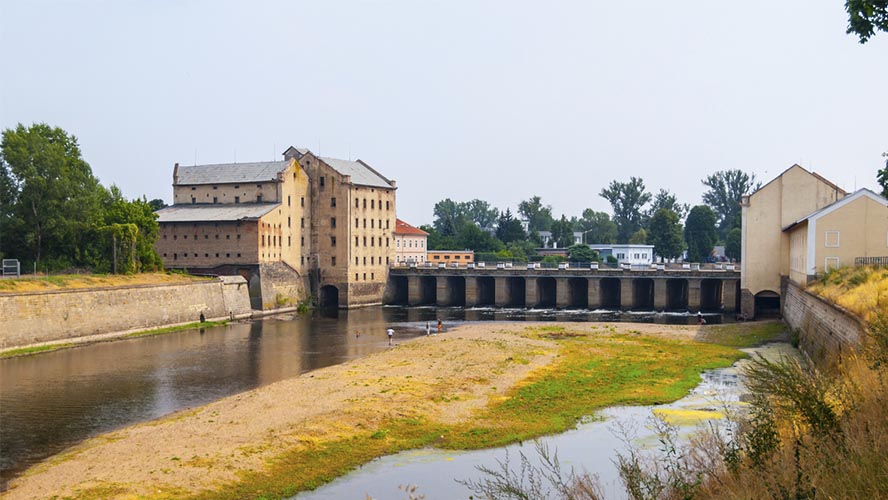
Today, the Terezín garrison town has barely any inhabitants. Its walls are tainted with terror and suffering, and a shadow will forever hang over this place. A walk around the gridded layout of its streets only confirms this impression.
An essential element of the tour is the Ghetto Museum, which opened in 1991 after the end of Communist rule in Czechoslovakia. Located in the former school, it shows what life was like in the ghetto—with objects, photographs, drawings and other artefacts to help our understanding of that terrible reality.
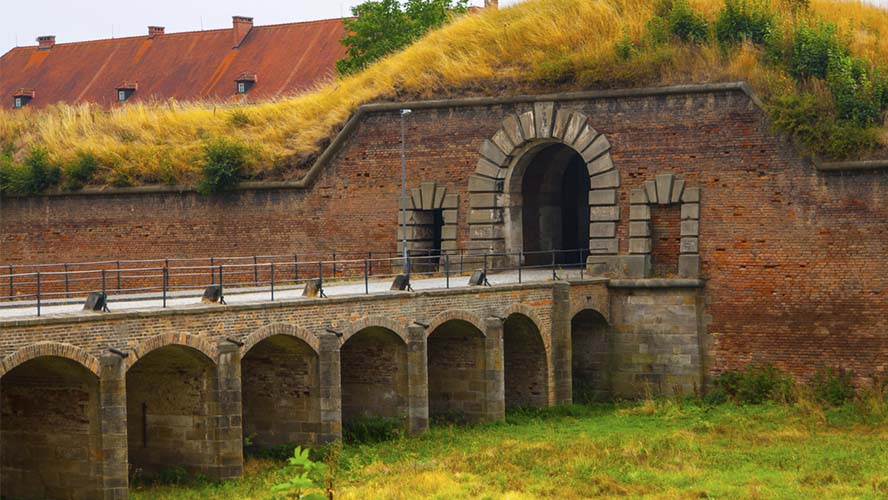
The Small Fortress: the concentration camp
A kilometre outside the walls of the garrison town stands the Small Fortress, the former Nazi concentration camp. The huts and cells where the prisoners were once kept have been preserved.
This fortress was already in use as a prison before the Nazi invasion. Its most famous prisoner was Gavrilo Princip, who was responsible for the assassination of the Arch-Duke Franz Ferdinand and his wife in 1914, the act that caused the outbreak of the First World War. Princip’s cell still exists.
The tour ends at the entrance to the camp, in front of which thousands of victims rest at the Terezín Memorial and National Cemetery. There are over 2,300 tombs—this in addition to the mass graves containing the remains of the 10,000 victims of the atrocity that was Terezín.
The tour of the entire complex, including the journey from Prague, takes something over half a day, so it is a good idea to set out early. Apart from the two fortresses and the cemetery, there are other points of interest, including the Soviet cemetery, the Jewish crematorium, memorials, a columbarium, and the ghetto’s morgue.






































































